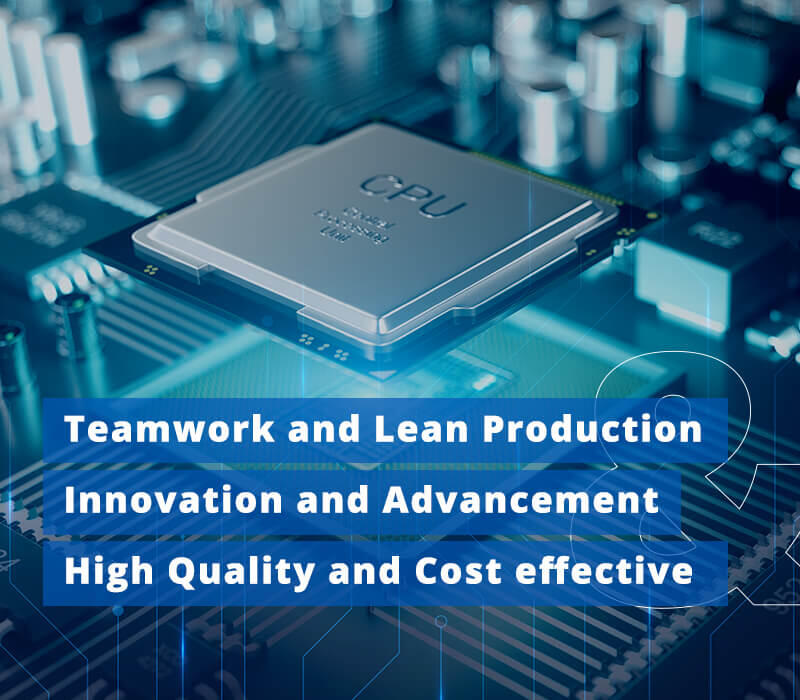Introduction to Screen Printing Technology (For PCB & Optoelectronics Applications)
Introduction to Screen Printing Technology (For PCB & Optoelectronics Applications)
Contents
The Art of Precision in Screen Printing
Screen printing is an advanced manufacturing process that combines precise control with innovative materials, playing a crucial role in the electronics industry—particularly in printed circuit board (PCB) and optoelectronics applications. By utilizing high-precision screens and specialized inks, this technique enables uniform and intricate pattern transfer onto various substrates, ensuring reliability and performance in electronic products.
Technical Principles & Process
The core of screen printing lies in the precise mesh design, combined with controlled squeegee pressure, allowing conductive pastes, insulating inks, or specialty materials to be accurately deposited onto substrates.
The complete process includes:
- Screen Fabrication – High-resolution photolithography is used to create micro-patterns tailored to product requirements.
- Alignment & Coating – The substrate is precisely positioned, and printing materials are evenly applied.
- Printing & Transfer – Controlled pressure and angle ensure sharp patterns and uniform thickness.
- Curing & Post-Processing – Thermal or UV curing enhances conductivity, durability, and resistance.
Industry Applications & Competitive Advantages
1. PCB Industry
- Solder Mask Printing – Forms a protective layer on PCBs, preventing short circuits, oxidation, and contamination.
- Legend Printing – Prints legends, markings, and identification codes for enhanced traceability and brand recognition.
- Hole Plugging Printing – Solder resist ink is used to plug the holes, then exposed and hardened to achieve proper filling.
- Conductive Carbon Ink Printing – Used in keypads, touch modules, and flexible circuits to ensure stable signal transmission.
2. Optoelectronics Industry
- ITO/Silver Paste Printing – Creates high-precision conductive paths for touch panels, sensors, and transparent conductive films.
- Optical Film Printing – Applied in LCDs, OLEDs, and micro-display technologies to enhance optical performance and structural stability.
Key Advantages
- Ultra-Fine Resolution – Achieves ±10μm precision for high-density circuitry.
- Versatile Material Compatibility – Supports various inks and substrates, including rigid and flexible circuits.
- High-Efficiency Mass Production – Automated printing processes ensure stability and consistency in large-scale manufacturing.
Future Developments & Technological Innovations
As the electronics industry progresses toward high-density interconnects (HDI), 5G applications, and smart manufacturing, screen printing technology continues to evolve in the following directions:
- Micro & Nano-Scale Precision Printing – Pushing beyond conventional limits for high-frequency PCBs and semiconductor packaging.
- Next-Generation Conductive Materials – Incorporating nano-silver paste and graphene-based inks for better conductivity and energy efficiency.
- AI-Driven Process Optimization – Leveraging AI vision inspection and automated calibration to enhance production quality and consistency.
Screen printing is more than just a process—it’s a bridge between innovation and precision manufacturing. We are dedicated to advancing this technology and expanding its applications, delivering outstanding solutions to our clients and shaping the future of the electronics industry.

